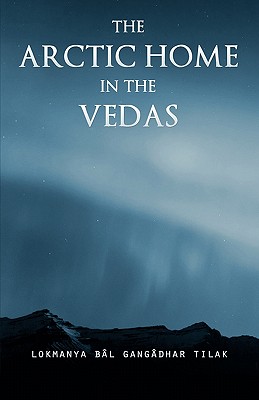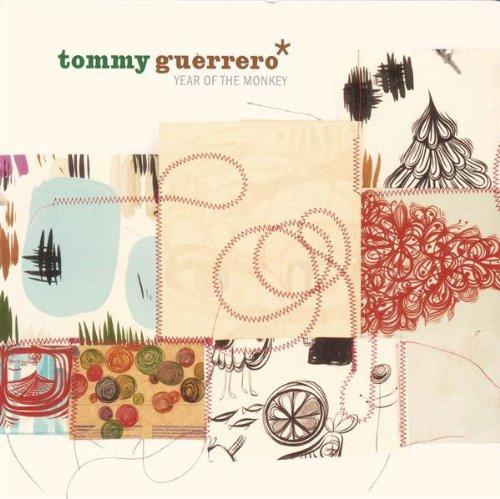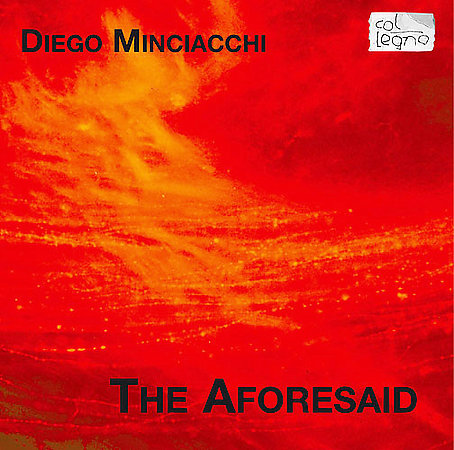
Bolter, Jay David
How the creative abundance of today's media culture was made possible by the decline of elitism in the arts and the rise of digital media.
Media culture today encompasses a universe of forms--websites, video games, blogs, books, films, television and radio programs, magazines, and more--and a multitude of practices that include making, remixing, sharing, and critiquing. This multiplicity is so vast that it cannot be comprehended as a whole. In this book, Jay David Bolter traces the roots of our media multiverse to two developments in the second half of the twentieth century: the decline of elite art and the rise of digital media. Bolter explains that we no longer have a collective belief in "Culture with a capital C." The hierarchies that ranked, for example, classical music as more important than pop, literary novels as more worthy than comic books, and television and movies as unserious have broken down. The art formerly known as high takes its place in the media plenitude. The elite culture of the twentieth century has left its mark on our current media landscape in the form of what Bolter calls "popular modernism." Meanwhile, new forms of digital media have emerged and magnified these changes, offering new platforms for communication and expression.
Bolter outlines a series of dichotomies that characterize our current media culture: catharsis and flow, the continuous rhythm of digital experience; remix (fueled by the internet's vast resources for sampling and mixing) and originality; history (not replayable) and simulation (endlessly replayable); and social media and coherent politics.







